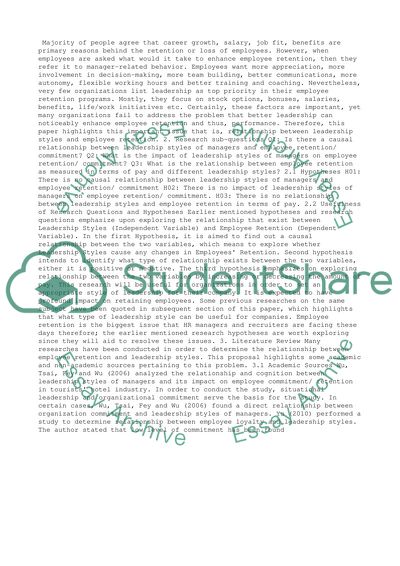Cite this document
(“Investigation of Causal Relationship between Leadership Styles and Essay”, n.d.)
Investigation of Causal Relationship between Leadership Styles and Essay. Retrieved from https://studentshare.org/business/1462392-to-what-extent-different-leadership-styles-affect
Investigation of Causal Relationship between Leadership Styles and Essay. Retrieved from https://studentshare.org/business/1462392-to-what-extent-different-leadership-styles-affect
(Investigation of Causal Relationship Between Leadership Styles and Essay)
Investigation of Causal Relationship Between Leadership Styles and Essay. https://studentshare.org/business/1462392-to-what-extent-different-leadership-styles-affect.
Investigation of Causal Relationship Between Leadership Styles and Essay. https://studentshare.org/business/1462392-to-what-extent-different-leadership-styles-affect.
“Investigation of Causal Relationship Between Leadership Styles and Essay”, n.d. https://studentshare.org/business/1462392-to-what-extent-different-leadership-styles-affect.


